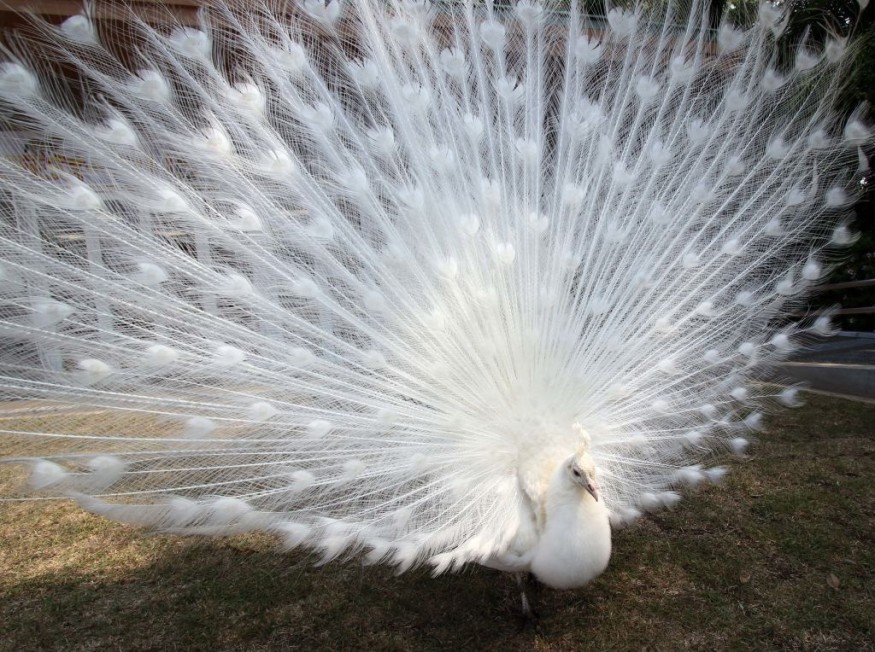
There is a reason why white peacocks are rare and how their unique genetic mutation has paved the path for them to become luxury pets.
White Peacocks and Their Unique Genetic Mutation
Although not all peacocks have the same vivid, decorative plumage, it is well-known and adored. White peafowl exhibit an airy, bleached variation of the traditional peacock appearance, which is probably just as amazing. As opposed to being albino, as they are commonly referred to, these birds are typically leucistic, meaning they are born without pigment in some areas of their bodies due to a genetic disease.
Peacocks are increasingly common in many nations throughout the world thanks to the recent legalization of their exotic pet status.
The White Peacock is a peacock that was born all-white due to a rare genetic mutation; it is not a distinct breed of peafowl. However, White Peacocks are not considered albinos either, as albino peacocks would have skin that is completely devoid of pigment or is extremely pale, and their eyes are frequently red or pink. Blue eyes and colored skin are typical characteristics of white peacocks.
The Difference Between Leucistic and Albino Peacocks
Albino peacocks do exist, although they are much more uncommon than white peacocks. The majority of the time, a white peacock is seen rather than an albino peacock because, despite having white feathers, the animal exhibits leucism rather than being truly albino.
Melanin would be completely absent in albino peacocks, which would also cause their eyes to be red. The majority of species create a set of natural pigments called melanin, which determines the color of skin, hair, or feathers, according to Bird Advisors.
Indian Species
Only one of the three known species of peafowl, the Indian (Pavo cristatus), is known to exhibit leucism. The most prevalent and recognized species is Indian peafowl. Indian peacock males display the distinctive bright blue with green fanning feathers that we associate with peafowl. Female peahens are less showy but still have an emerald neck.
Because Indian peafowl is the species that is maintained in captivity the most frequently and white peafowl is frequently particularly bred to be so, it is thought that leucism mainly affects this species.
There are hardly any white peacocks left in the world, and nothing is known about their present population. Given that all White Peacocks are captivity-only animals and that there are around 100,000 Indian Blue Peafowl worldwide, according to PetKeen.
Also Read : Rare Albino Dolphin Calf Seen Off-Coast Africa
Born Yellow
Peafowl that are born white are not always that way. In reality, they are yellow at birth and turn white as they get older. The newborns are known as peachicks and are delivered in clutches of between three and six babies. They have light-brown game bird-like coloring when they are not leucistic. A juvenile pheasant and a peachick are sometimes mistaken for one another.
Leucistic peafowl will start to turn white after one to three years, roughly the time that peacocks would develop their colors.
Lonely Peacocks
Even though the rates of reproduction of white peafowl in the wild are unknown, it stands to reason that peacocks would find it difficult to woo peahens without their alluring polychromatic colors. Peacocks will extend out their train of feathers in a stunning show when wooing peahens. When deciding whether to mate with the peacock, the female considers the feathers' brilliance as well as their length and general quality, according to Treehugger.
Related Article : Red-Tailed Hawk with Rare Genetic Mutation Found Doused in Cooking Oil - Pennsylvania
© 2025 NatureWorldNews.com All rights reserved. Do not reproduce without permission.





